Spice Up Your Life: 10 Hilariously Hot Tips for the Perfect Spicy Chicken Seasoning Rub
Description:
Welcome to the ultimate guide on creating a spicy chicken seasoning rub that will make your taste buds dance and your dinner guests cheer. Whether you're a seasoned pro or just getting started in the world of spices, this blog post has got something spicy and spectacular for everyone!
Table of Contents
Welcome to the Heat Zone
So you want to spice up your grilled chicken game? Well, grab your apron, dust off that grill, and let’s dive into the wonderful world of spicy chicken seasoning rub. This isn’t just about slapping some chili powder onto meat—it’s an art form, a culinary high-wire act between heat, flavor, and texture.
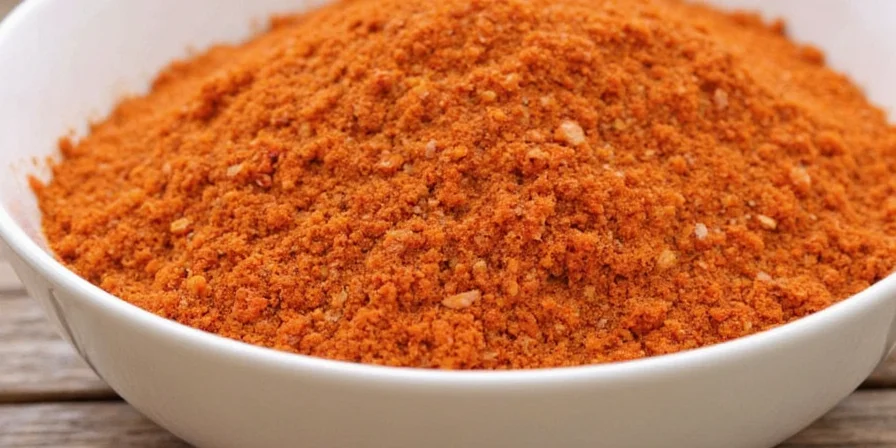
Why Use a Dry Rub Instead of Sauce?
You might be asking yourself, "Why not just use hot sauce? It’s easier!" And sure, slathering on sauce is quick, but here’s why dry rubs win every time:
- Penetrates deeper: The flavors get into the meat, not just sitting on top.
- Crunchy crust: A great rub creates that amazing sear and crust.
- No soggy skin: Wet sauces can steam the meat instead of letting it brown properly.
- Total control: You decide how much heat you want—and how fancy you feel.
Key Ingredients in a Spicy Chicken Rub
The secret to a killer spicy chicken seasoning rub is balance—heat without overwhelming, smoky without being campfire-y (unless you want that). Here are the core ingredients you should have in your pantry:
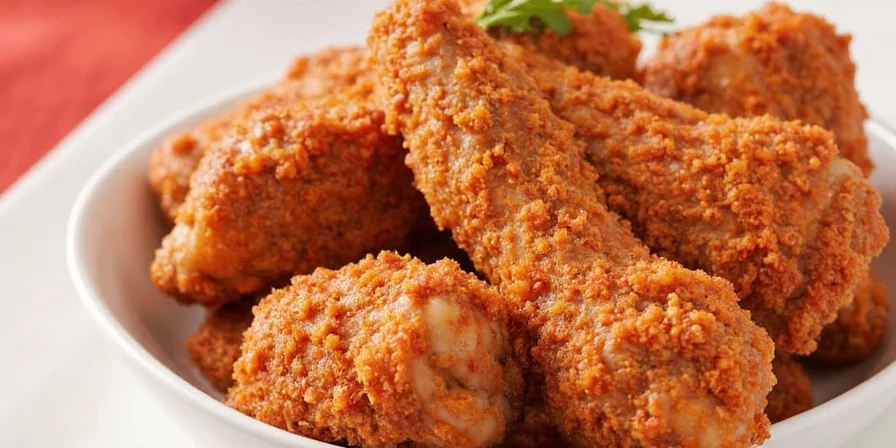
- Chili Powder – The base of most rubs. Adds warmth and mild heat.
- Cayenne Pepper – For that punch-in-the-mouth heat.
- Paprika – Sweet or smoked? Both work!
- Garlic Powder – Umami + depth = flavor heaven.
- Onion Powder – Another layer of savory goodness.
- Cumin – Earthy, nutty, slightly bitter… and essential.
- Brown Sugar – Balances out all that heat with sweetness.
- Salt & Black Pepper – Duh. Flavor foundation.
Top 10 Tips & Tricks for the Perfect Spicy Chicken Rub
We’ve all had that “oh no” moment when we overdid it on the habanero and forgot what saliva was for. To avoid those fiery faux pas, follow these top 10 tips:
- Rub It In (Literally): Don’t just sprinkle—rub it into the meat. Make sure every inch gets some love.
- Time Is Flavor: Let the chicken sit with the rub for at least 30 minutes. Overnight is even better.
- Layer It Up: Apply a thin coat, let it set, then add another layer for more intensity.
- Balance Is Key: If using super-hot peppers like ghost pepper or scorpion, mix with milder ones like paprika to keep things edible.
- Ditch the Clumpy Stuff: Sift your spices to remove clumps before applying.
- Oil Helps: Brush the chicken with oil first so the rub sticks better.
- Taste Test First: Make a small batch of the rub and test it on your tongue. Not literally. Maybe on your finger. Carefully.
- Adjust Based on Cooking Method: Smoking? Use more paprika. Grilling? More cayenne. Baking? Less sugar, more salt.
- Use Fresh Spices: Old spices = sad flavors. Replace them every 6–12 months.
- Add Acid Later: Lemon juice or vinegar-based sauces should go on during the last few minutes of cooking to preserve brightness.
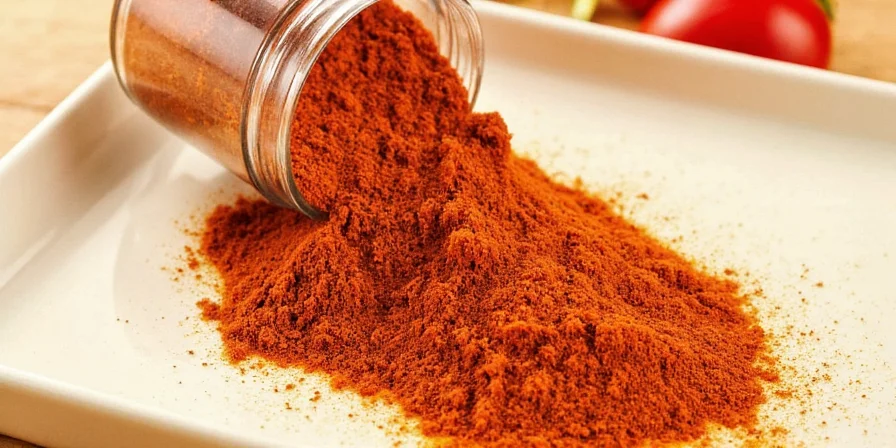
Spice Blend Comparison Table
| Spice | Flavor Profile | Heat Level (Scoville) | Best Used In |
|---|---|---|---|
| Chili Powder | Earthy, Smoky | ~1,000 SHU | Classic rubs, Tex-Mex dishes |
| Cayenne | Sharp, Piercing Heat | ~30,000–50,000 SHU | High-heat rubs, Cajun styles |
| Smoked Paprika | Woody, Campfire-like | ~1,000 SHU | Barbecue, grilled meats |
| Habanero Powder | Fruity, Intense Burn | ~100,000–350,000 SHU | Extreme heat lovers only |
| Ghost Pepper | Slow-building Inferno | ~1,000,000 SHU | For masochists and YouTube videos |
Pro Tips from Pros: Wisdom from the Grill Masters
If you’re looking to impress at your next backyard BBQ, here’s what the pros say about crafting the perfect spicy chicken seasoning rub:
- Chef Maya Gonzalez says: "Don’t underestimate the power of citrus zest. Add a pinch of orange or lime zest for complexity."
- Grill Master Antonio Rodriguez: "I always toast my whole spices before grinding. That extra step brings out a whole new dimension of flavor."
- Home Cook Lisa Chang: "If I’m making chicken for kids or guests who can’t handle heat, I do two separate rubs. One spicy, one mild. Keeps peace in the family."
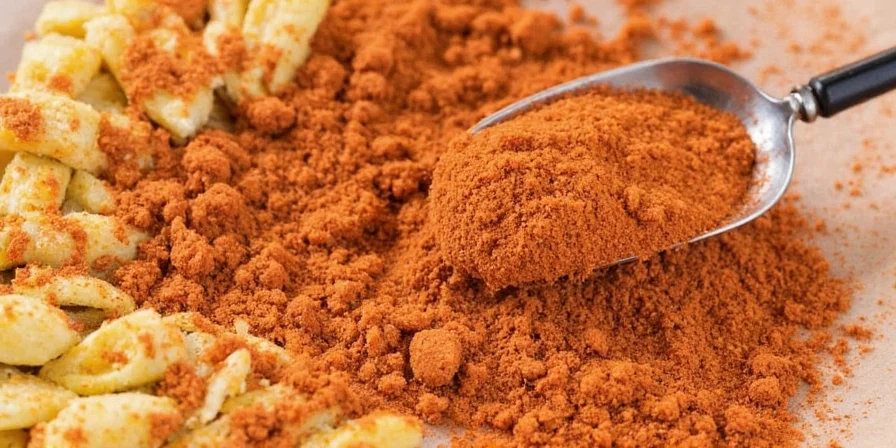
Conclusion: Get Rubbin’ With Confidence
Creating the perfect spicy chicken seasoning rub is less about following a strict formula and more about experimenting with flavors and finding what makes your palate sing—or scream. Remember, it's all about balance, patience, and a little bit of bravery.
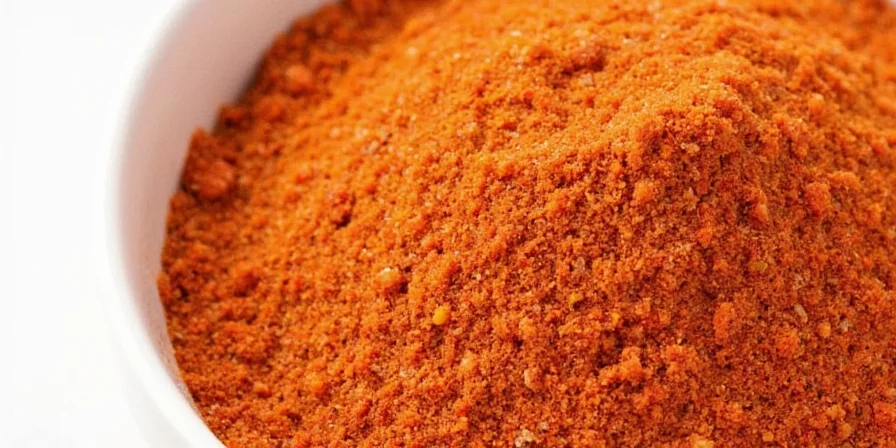
So grab your spices, don your chef hat (or just a funny apron), and start rubbing like there’s no tomorrow. And if you find yourself reaching for milk after tasting your masterpiece? Don’t worry—that’s just proof you’ve entered the spicy zone.

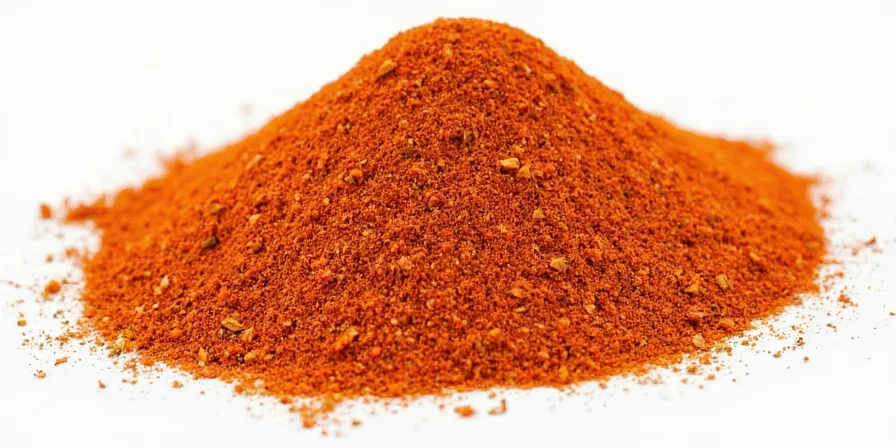









 浙公网安备
33010002000092号
浙公网安备
33010002000092号 浙B2-20120091-4
浙B2-20120091-4